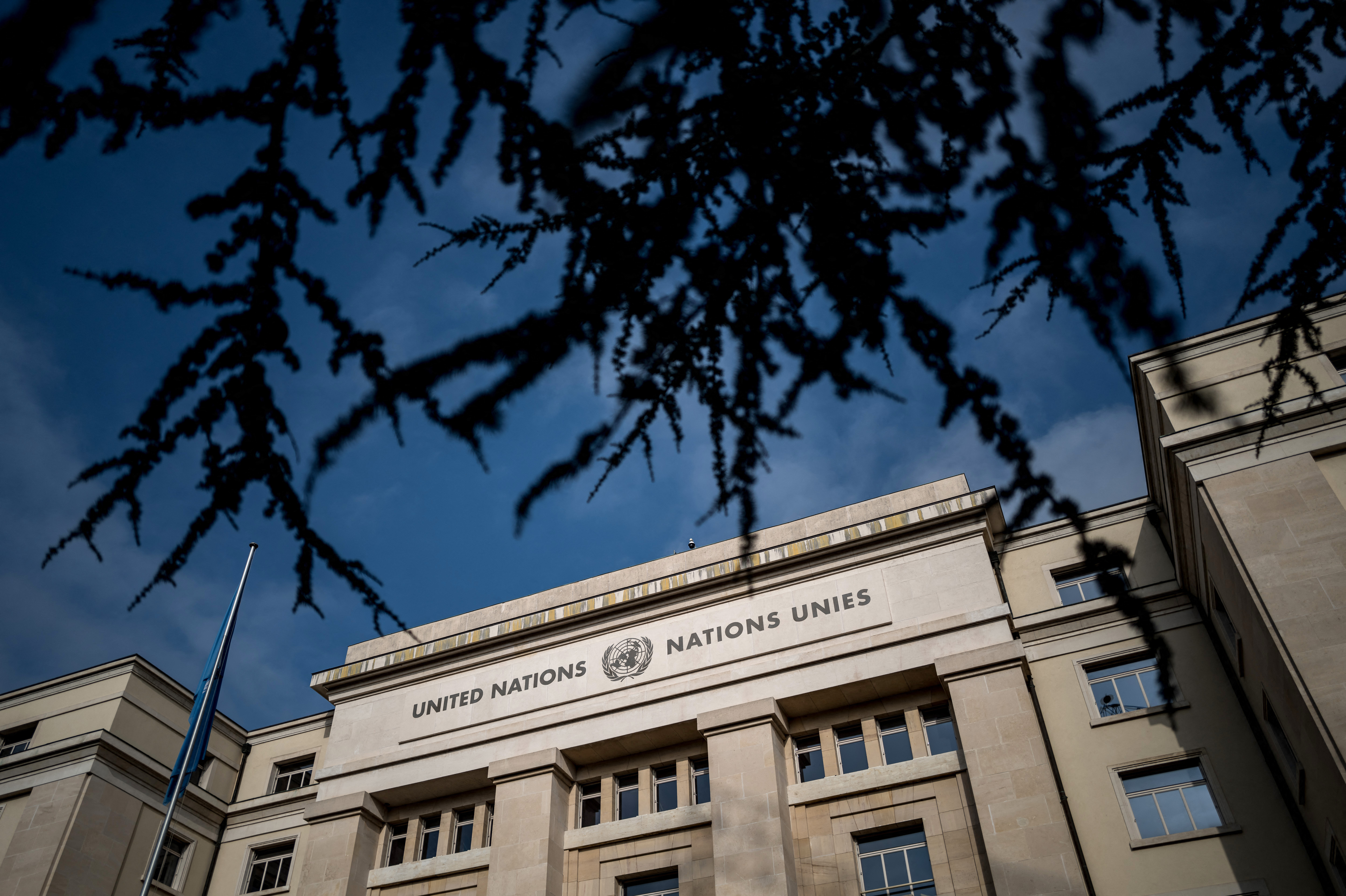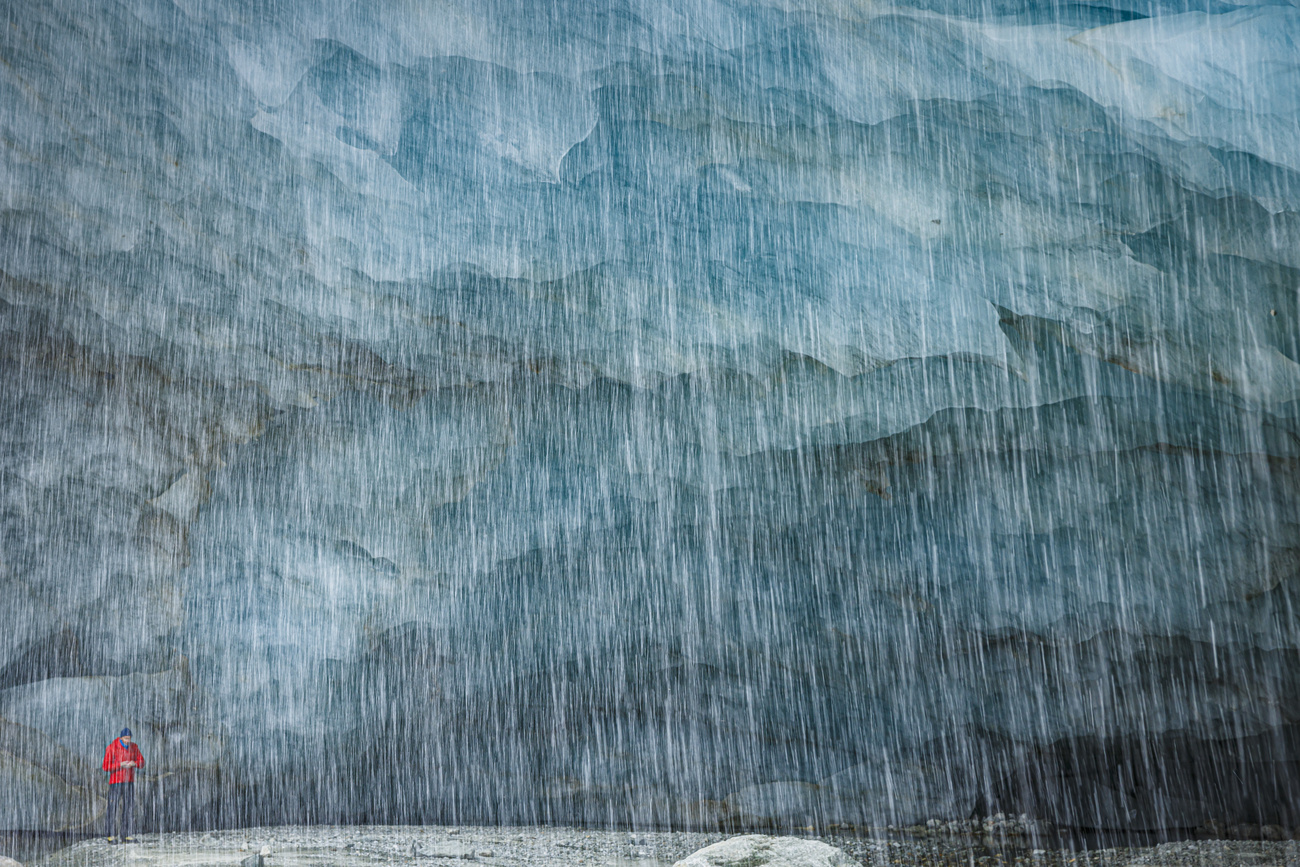Swiss invest in innovation to boost tourism

Switzerland’s natural beauty is no longer enough to draw tourists. Each year, the government sets aside millions to promote and reward innovation in tourism. One new project teaches people in mountain resorts how to be nice.
The regional tourist office in the Upper Engadine valley has developed a programme to “coach” warmth and affability in response to a perceived “lack of friendliness” in its mountain resorts, which includes St Moritz.
“In the beginning we had to be very proactive, going to companies or hotels and saying, ‘Can we do this with your employees?’” says Eva Reinecke, manager of Projekt Herzlichkeit (Project Friendliness). “Now the companies contact us.” By the end of December 2012, around 1,050 people were due to have taken part in the coaching.
It’s an awareness-raising effort. “At first attendees say: ‘We are friendly! What do you want to teach us?’” says Fadri Cazin, a project coach. “And then at the end of the seminar you hear, ‘Oh no, okay, there are a few things we could change.”
Whether the project will help increase tourism is uncertain. “We can’t promise that within the next 10 years we’ll be the valley of happiness, but our idea is that everybody who has participated becomes aware of how to treat the people around them,” notes Reinecke.
The initiative was one of this year’s nominees for Switzerland’s most important tourism award, the Milestone for innovation, a project of the publication htr hotel revue, the main hotel association, hotelleriesuisse, and the State Secretariat for Economic Affairs (Seco).
The basic concept of innovation involves “a first mover who innovates something, develops something new, and then there are followers who copy your business plan and your idea”, according to Jürg Stettler, head of the Institute of Tourism ITW at the Lucerne University of Applied Sciences and Arts and a Milestone judge in 2012.
The really successful tourism projects are driven by the private sector, he notes.
In 2011, 44.4 per cent of tourists in Switzerland came from Switzerland; 39.8 per cent came from non-Swiss Europe; 8.3 per cent came from Asia; 6 per cent came from North America; 0.8 per cent came from Africa; and 0.8 per cent came from Australia and New Zealand.
Under pressure
The Swiss government also plays a role in tourism, primarily through financing. The annual budget for Switzerland Tourism, the national marketing organisation, was SFr99.4 million ($108 million) for 2012. And there are parliamentarians interested in increasing – possibly even doubling – the budget for innovation in tourism (currently SFr5 million per year for the years 2012 to 2015).
Today the tourism industry is under pressure not only due to the strength of the Swiss franc but also due to increased competition from globalisation, says Richard Kämpf, who heads tourism at Seco.
But it’s not the first time the industry has had such problems: there was also a crisis in the mid-1990s.
Since then, the industry “has really seen the necessity to invest in the quality of the offerings, in innovation, in the launching of new projects”, says Kämpf. This led to the creation of Seco’s project InnoTour 17 years ago, and 13 years ago to the establishment of the Milestone.
The award “stands for innovation, promotion of knowledge transfer, attractiveness of Switzerland as a destination, and image promotion for the tourism business”. In 2012 more than 90 projects were evaluated.

More
What will bring tourists back to Switzerland?
Project Football
A winning Milestone project in 2006 had a completely different focus from Engadine’s friendliness initiative: representatives in Weggis worked hard to convince the celebrated Brazilian football squad to hold its World Cup training camp in their small town in canton Lucerne.
The project was an enormous success, with 35,000 overnight hotel stays, an estimated SFr100 million in brand recognition, and live 24-hour coverage from more than 900 journalists from around the world, according to event manager Markus Wolfisberg.
The success was due to “the people who were ready to create something in a short time”, he says. “We had to collect money in a few hours, just to say we can host a team … Within ten minutes we had the town mayor and the president of the football club at the table.” A local family business, Thermoplan, agreed to be the major sponsor. A stadium was built. All this in just four to five months. “It’s not very Swiss-ish”, he points out.
The new stadium has been used since 2006 for other football competitions and a TV programme, and there has been an increase in tourism from South America, especially Brazil. “There we have the first foot in the door.” But nothing remotely compares to the original project.
If the Brazil team had won the championship “this would have been a sacred place”, Wolfisberg says, “but it’s not”.

More
Small ski resort puts itself back on market
Factors in innovation
Being able to react quickly is one aspect of innovation. According to Kämpf, “it’s easier for a small, family-owned business to react very quickly, to be very close to the demands of customers”.
But it’s not just small businesses that innovate, and it’s not just rural ones. “The cities are quite important in innovations here,” Kämpf says. “Because if the hotel chains, which are present almost only in the big cities, implement new ideas or business models in tourism, later on more rural, more alpine regions begin to imitate and to copy and to profit from the new ideas which are born in the more urban areas.”
Long-term effects
The willingness to be innovative is growing. “It’s probably not possible to really quantify the innovation impact,” says Stettler. “But in my opinion the innovation dimension is very important nowadays and will also be in the future, in order to be competitive and to stay in business. And probably the harder the times are, the more important innovations are.”
Kämpf agrees that innovation will be an important part of the Swiss tourism arsenal over the long term.
“Innovation promotion and new projects take a long time,” he says. “On the other hand it’s the only chance to react in the long run. You have to invest either in the quality or in the [unique selling points] of your offerings, or you have to invest in new markets. You can’t just wait and hope that the strong Swiss franc will someday become weak.”
Overnight stays, total Switzerland (down 4.9%)
Overnight stays, total Swiss Alpine region (down 9.6%)
Overnight stays, Swiss tourists (down 0.5%)
Overnight stays, Europeans (excluding Swiss) (down 15.6%)
Overnight stays, overseas visitors (down 8.2%)
On December 10, 2012, a motion giving an additional SFr12 million to the national tourism marketing organisation, Switzerland Tourism, to expand into new markets failed to pass the Senate by a vote of 22 to 18, although it had passed the House of Representatives earlier.

In compliance with the JTI standards
More: SWI swissinfo.ch certified by the Journalism Trust Initiative








You can find an overview of ongoing debates with our journalists here . Please join us!
If you want to start a conversation about a topic raised in this article or want to report factual errors, email us at english@swissinfo.ch.